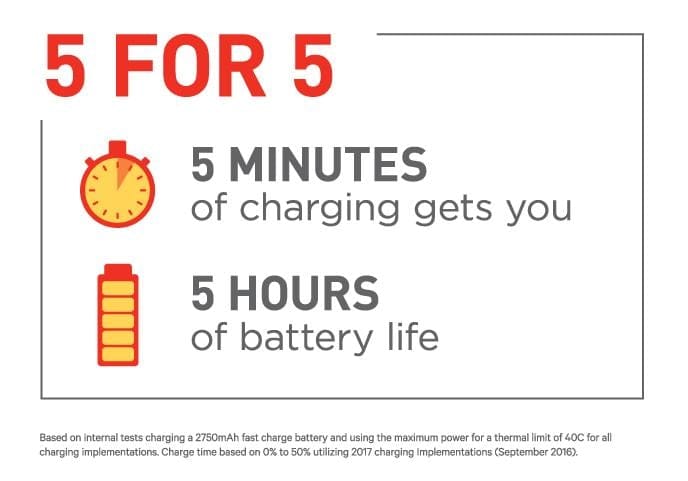The chipset upper-hand race has been once again set ablaze by Qualcomm, with its announcement of the new Snapdragon 835 processor, earlier today in New York at the Qualcomm Snapdragon Technology Summit, confirming our earlier report.
The new flagship SoC will utilize Samsung’s new 10nm fabrication tech called FinFET process. 10nm, that’s right, smaller than your hair strand, while the current top offering from Qualcomm used the 14nm tech — that’s Snapdragon 821 processor you find in Google Pixel and OnePlus 3T. This means an area efficiency of 28% is going to be gained by the new SoC.
New features in Snapdragon 835 processor
27% Performance Boost
Qualcomm claimed 27% higher performance with the new Snapdragon 835 processor, which is a welcome figure. Even though comparison is not available directly with Snapdragon 821 processor, we would know for sure next year how much of that claim is visibly noticeable in real world. and some comparisons with Snapdragon 821 and 820 will flow in eventually too.
Way quicker charging speeds
Probably this is gonna be your favorite one. The Quick Charge 4.0 is expected to charge 20% faster, by focusing on power delivery and analysis of battery heat status. This is going to be a subtle topic post Note 7 chaos. Qualcomm claims that 5 minutes of charging will give 5 hours of usage with the new SoC. It is designed to charge from 0 to 50 in 15 minutes!
Quick Charge 4.0 is one a highlight feature of Snapdragon 835 processor, which will soon face stiff competition with the launch of MediaTek Helio X30.
Longer battery life
With 40% efficiency in power consumption, the new Snapdragon 835 processor could increase the battery life by good margin. Not much details, including test figures, are available right now, but that should be out soon. Combined with an advanced chip design, Qualcomm expects to reap high dividends in the battery performance of devices.
Larger Battery
Qualcomm was also able to shrink the size of its Snapdragon 835 processor compared to previous ones that were based on 14nm tech, thus it would require less space to fit inside the device’s body, meaning more room for larger capacity battery. This should considerably favorable impact on users’ never ending power hunger, especially when combined with ever improving Android features like Doze mode.
That’s what the potential benefits that could accrue from the new Snapdragon chip.
Today’s announcements makes it clear that there is no thing like Snapdragon 830 in existence, as Qualcomm decided to select 835 as the name of its next gen chip, which is scheduled for launch in Q1 2017.
We expect the Snapdragon 835 to power upcoming flagships like Galaxy S8, HTC 11, LG G6, Moto Z2, Sony Xperia XA2, etc.















Discussion